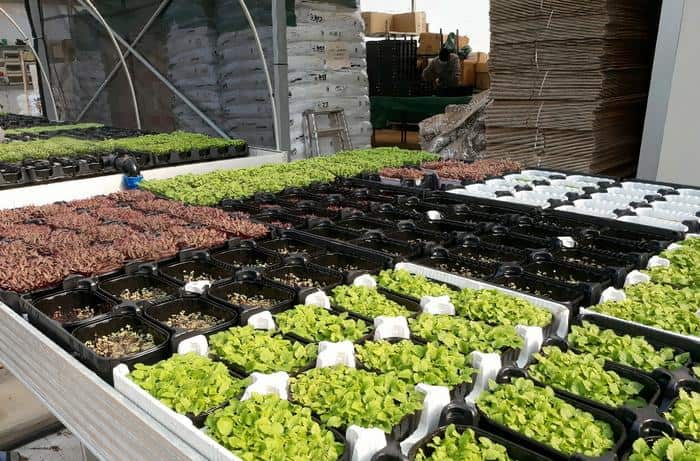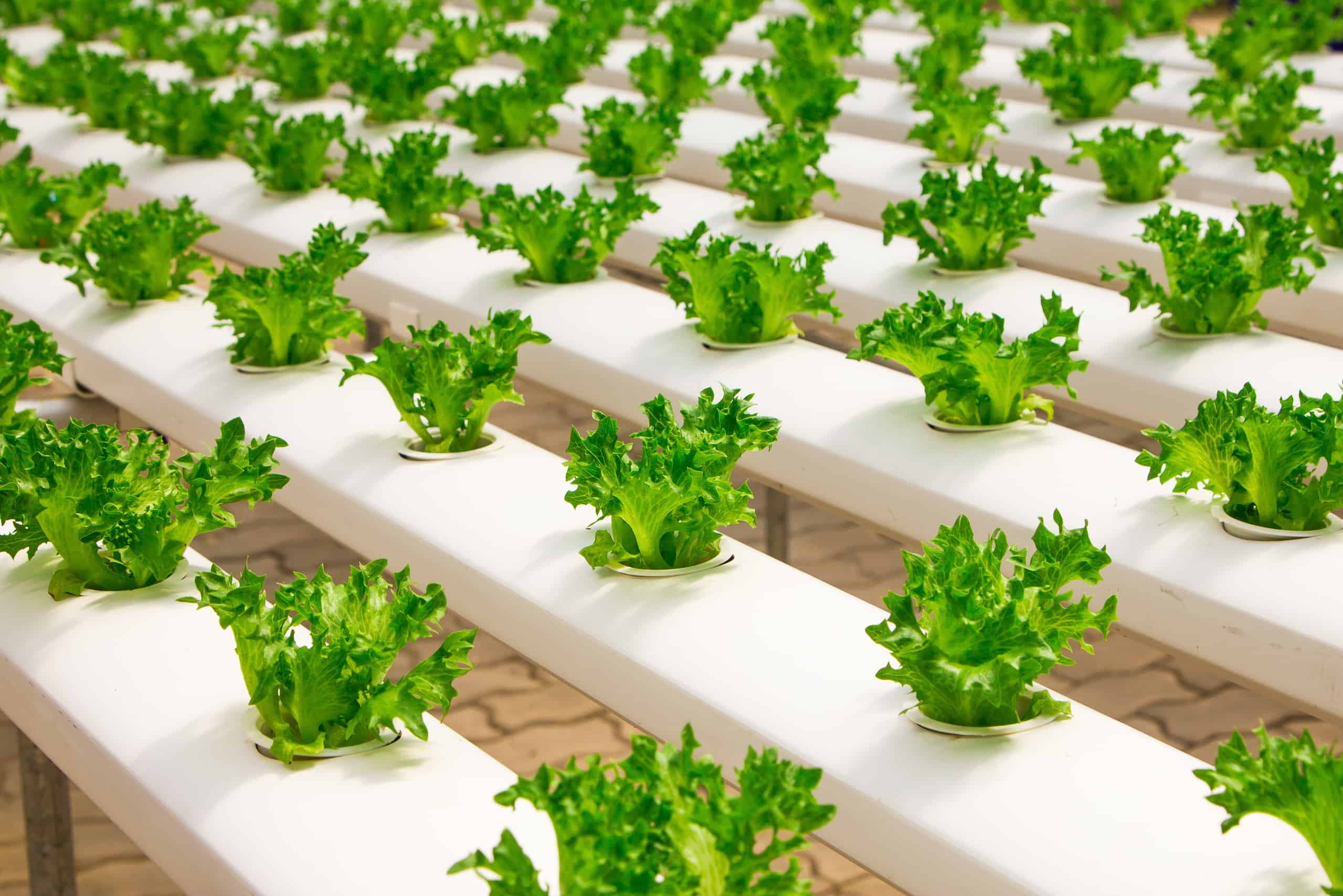Different people have different dietary requirements. Imagine a world where your plate knows exactly what your body needs — this is the world of personalized nutrition, where you eat exactly what’s good for you. But even if you had the healthcare to know exactly what you should eat, how could you possibly find that type of food? Well, researchers propose soilless cultivation systems that can grow microgreens tailored to your unique health requirements.

Personalized produce
We all need to eat a lot of greens and fiber — that much is clear. But one person’s recommended potassium intake, for instance, may be different from another’s. Personalized diets and medicine have been hailed as the next big thing in health, and it’s not hard to see why.
Personalized medicine is a medical approach that tailors treatment and prevention strategies to the individual characteristics of each patient, such as genetic makeup, environment, and lifestyle. It aims to optimize medical outcomes by ensuring that healthcare is specifically designed to match an individual’s unique biological profile. On an individual basis it improves the efficacy of treatments and reduces the risk of adverse reactions. This approach marks a shift from the one-size-fits-all strategy towards more precise, predictive, and preventative healthcare.
Researchers working in Italy have taken an important step in this quest. They’ve grown four different species (radish, pea, rocket and Swiss chard) and focused on two nutrients that play a crucial role in health and nutrition: iodine and potassium. Their aim was to tweak the content of these nutrients in their specially grown plants.
Soilless cultivation systems are at the forefront of this agricultural innovation. This method, which does not use soil, instead relies on solutions that provide all the necessary nutrients for plant growth. Such systems offer precise control over the nutritional content of the microgreens, allowing for the production of plants tailored to meet specific dietary needs.
“Propelled by an ever-growing awareness of the importance of following dietary recommendations, interest in personalised nutrition is on the rise. Soilless biofortification of vegetables has opened the door to the potential for adapting vegetable production to specific dietary requirements,” explained Massimiliano Renna, professor of agricultural and environmental science at the University of Bari Aldo Moro, Italy.
Tweaking nutrients

The two nutrients selected are both essential for human nutrition. Iodine deficiency affects over a third of the global population. In many parts of the world, salt is fortified this iodine to combat this deficiency, but there’s still a long way to go.
Here, using tailored nutrient solutions for plant growth, the researchers were able to increase the iodine content in plants by up to 14 times.
For potassium, researchers focused on reducing the quantity. They grew microgreens with a 45% reduction in potassium levels, catering for chronic kidney disease sufferers who need to carefully manage their potassium intake.
“Since vegetables contain high concentrations of potassium, patients with impaired kidney function are sometimes advised not to eat vegetables, or that they should be soaked in water and boiled to reduce the potassium content through leaching.
“However, the reduction in potassium using such cooking methods can be considered limited, while other important minerals and vitamins could be significantly lost,” the researchers noted. “In this context, the production of vegetables with low potassium content could be of great interest.”
A path to the future
The implications of this research are vast. For one, it opens up new possibilities for personalized nutrition, where individuals can grow microgreens at home or in community gardens that meet their specific dietary requirements. Furthermore, this approach could alleviate some of the challenges associated with mineral deficiencies and dietary restrictions, offering a fresh perspective on managing health through diet.
Moreover, soilless cultivation of microgreens represents a sustainable agricultural practice. These systems require less water than traditional farming, reduce the need for pesticides, and can be set up in urban environments, minimizing the carbon footprint associated with food transport. They also fit well with urban environments because they can be grown vertically.
However, while the potential benefits are substantial, there are also challenges to consider. The initial setup cost for soilless systems can be high, and there is a learning curve associated with managing these systems effectively. Moreover, further research is needed to fully understand the long-term impacts of consuming biofortified microgreens on human health.
The study was published in the journal Science of Food and Agriculture.






